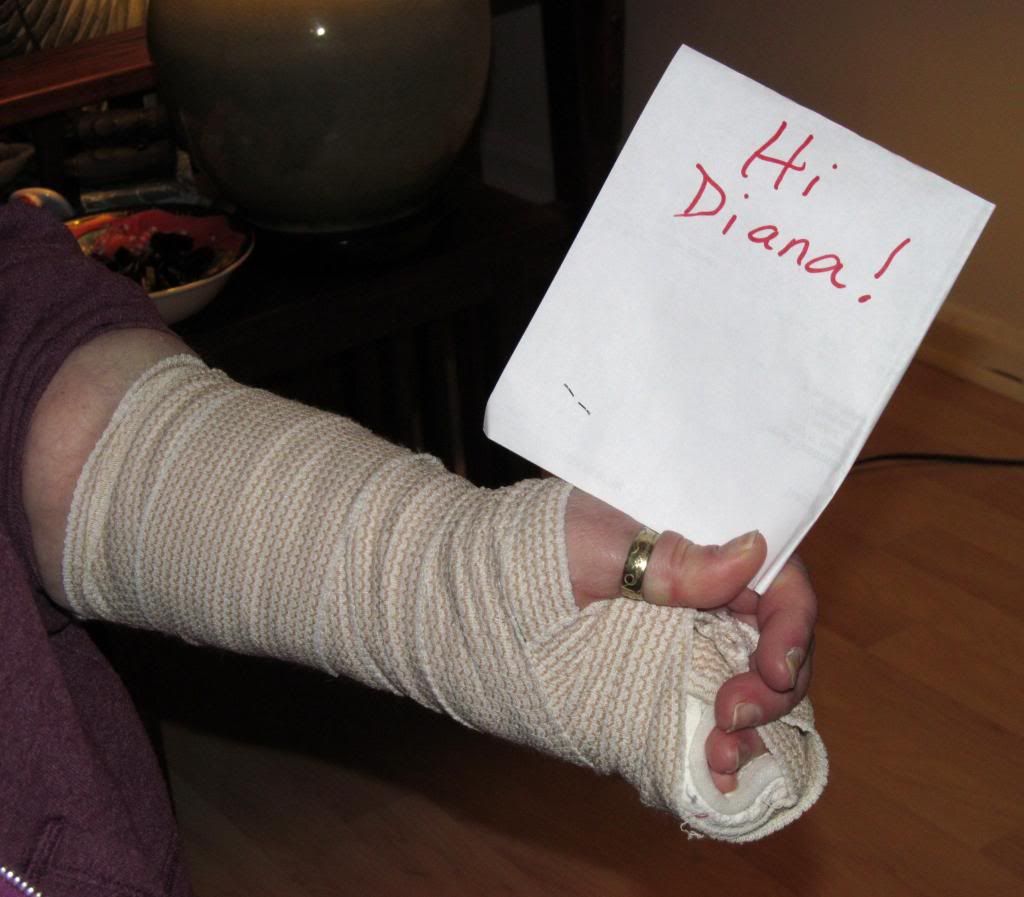
Toronto—Researchers tasked with developing a rudimentary understanding of complex regional pain syndrome (CRPS) are dividing their attention in several different directions. According to several experts who spoke at the 2013 International Congress on Neuropathic Pain, there is evidence for inflammatory, neuropathic and immunologic roots to the enigmatic syndrome, and further investigation into these three aspects of the syndrome is necessary for the development of more effective treatments.
“These different contributing factors all influence each other, so we need to address all of them so that patients don’t get onto a downward spiral where each factor worsens another,” Anne Louise Oaklander, MD, PhD, associate neurologist at Massachusetts General Hospital and associate professor at Harvard Medical School, both in Boston, told Pain Medicine News after attending the panel discussion.
Not a Perfect Fit
Ralf Baron, MD, vice chair of the Department of Neurology and head of the Division of Neurological Pain Research and Therapy at the University Hospital Schleswig-Holstein in Kiel, Germany, told attendees that until recently, CRPS was understood to be clearly a neuropathic pain disorder. However, CRPS does not fit with the 2008 redefinition of neuropathic pain, defined as “pain arising as a direct consequence of a lesion or disease affecting the somatosensory system” (Neurology 2008;70:1630-1635).
“CRPS is neuropathic in that there are characteristic neuropathic sensory abnormalities, but it also shows signs of central sensitization, inflammation, and autonomic and motor abnormalities,” Dr. Baron told attendees.
One way of grouping CRPS patients is by looking at their distinct somatosensory dysfunctions, Dr. Baron suggested. Individuals with deficits in temperature detection but no allodynia, and with loss of small nerve fibers, innervation and nerve degeneration, can be classified as having a neuropathic disorder. A second cluster of patients can be seen as having central sensitization, with normal temperature sensitivity but severe mechanical and thermal hyperalgesia. A third patient cluster may have inflammatory CRPS, with deep hyperalgesia and heat hyperalgesia but no hyperalgesia to prick testing, Dr. Baron explained.
An Autoimmune Disease?
Another way of understanding CRPS, proposed by Andreas Goebel, MD, PhD, senior lecturer and honorary consultant at the University of Liverpool and Walton Centre National Health Service Foundation Trust in Liverpool, United Kingdom, is that a subset of CRPS patients have an autoimmune disorder–related condition.
“It is possible that a regional immune response is triggered following stress, inflammation and trauma,” he posited.
Dr. Goebel believes some of the 15% of CRPS patients with refractory symptoms lasting longer than six to 12 months may fall into this group (Pain 2009;142:218-224). He noted that several studies support the autoimmune paradigm, with results showing that a subset of CRPS patients have elevated levels of serum antibodies to several bacterial pathogens.
“Furthermore, there is evidence for CRPS serum immunoglobulin binding to peripheral nerves,” he said (Neurology 2004;9:1734-1736).
Indeed, several small case series, including his own, have demonstrated the efficacy of intravenous immunoglobulin G (IgG) in subsets of patients with long-standing, refractory CRPS, Dr. Goebel said (Pain Med 2002;3:119-127). Additionally, a randomized controlled trial of 12 patients with long-standing CRPS who received the agent found that 25% had pain relief at least 50% relative to baseline and 17% had improvements in pain between 30% and 50% (Ann Intern Med 2010;152:152-158).
Although IgG has anti-inflammatory effects in addition to being an immunomodulator, Dr. Goebel believes IgG’s efficacy is likely not explained by its anti-inflammatory effect.
“All of the investigations which we have done, both in the lab and clinically, have been leaning more and more toward confirming there is an autoimmune aspect to CRPS,” Dr. Goebel concluded. “However, since we do not know which structures the autoimmune response is targeting, our current evidence remains somewhat indirect.”
According to Dr. Goebel, if some patients in fact have CRPS of autoimmune origin, “a range of potential therapies, such as therapeutic plasma exchange and B-cell modulating therapies, can be at our disposal.
“These have all been tried and tested in other autoimmune disorders, and we can have access to an armamentarium that we did not have before,” he said.
An “Ultralocal” Inflammatory Response?
Frank Huygen, MD, PhD, professor of anesthesiology at Erasmus Medical Center in Rotterdam, the Netherlands, argued the inflammatory component to CRPS could be the most clinically meaningful element of the syndrome in some patients. However, rather than looking for systemic inflammation, he believes researchers need to consider an “ultra-local” inflammatory response.
“There are inflammatory mediators that are increased in the blister fluid of an involved extremity in CRPS,” Dr. Huygen said.
His own research has documented increased levels of interleukin-6 and tumor necrosis factor (TNF)-alpha in some patients (Eur J Pain 2008;12:716-721).
In a small, placebo-controlled, randomized trial, Dr. Huygen and his colleagues showed that the anti-TNF drug infliximab (Remicade, Janssen) exacerbated symptoms in some CRPS patients, leading to discontinuation of the trial (Pain Pract 2013; May 22: doi: 10.1111/papr.12078). The researcher still believes there could be a role for infliximab and other biologics in the treatment of CRPS.
“Although the sponsor stopped the study early, preliminary data showed enormous reductions in TNF-alpha levels in blister fluid with infliximab treatment, but these did not correlate with clinical changes,” he said.
Summarizing the challenge of understanding and treating a complex syndrome, Dr. Baron suggested CRPS should no longer be seen monolithically as a neuropathic disorder.
“As long as we do not have a clearer pathophysiological picture of CRPS patients, and because of the obvious heterogeneity of the signs, symptoms and mechanisms of the syndrome,” he said, “it would be wise to look at the condition separately from other classical neuropathic pain syndromes.”
—David Wild



